That would have been my guess. Thanks.8-16 ohm tap
What differences do you hear? What types of music are favoured by either tap?
Last edited:
That would have been my guess. Thanks.8-16 ohm tap
I did not test different types of music. The 8-16 ohm tap sounds great on everything. I think that tap would be preferred because the impedance of SLs goes high when the music goes low.That would have been my guess. Thanks.
What differences do you hear? What types of music are favoured by either tap?
The first post link is the nice fellow who sells SL in Japan. He has them designed for his market. One can get SL in just about any height/width one wants as they are custom built, although I favour being guided by SL corporate.Those are the older models. For the latest models, click on the link I gave on the first post in this thread. My model has the latest panel technology. The 7c indicates the extra width. Previously they typically came in the 5c width.
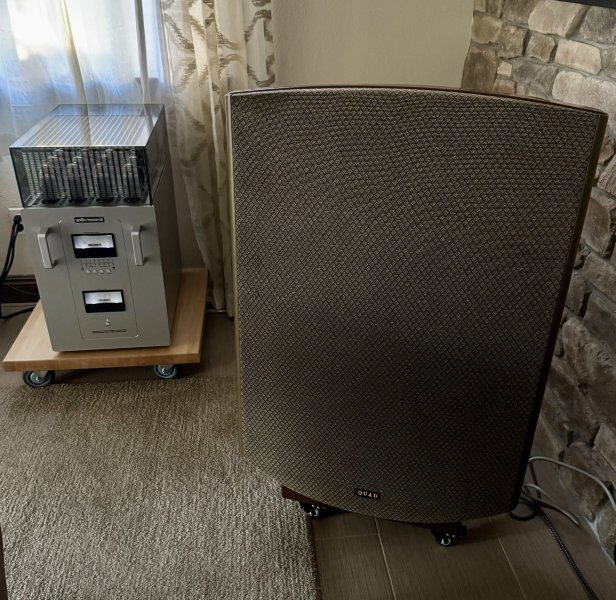
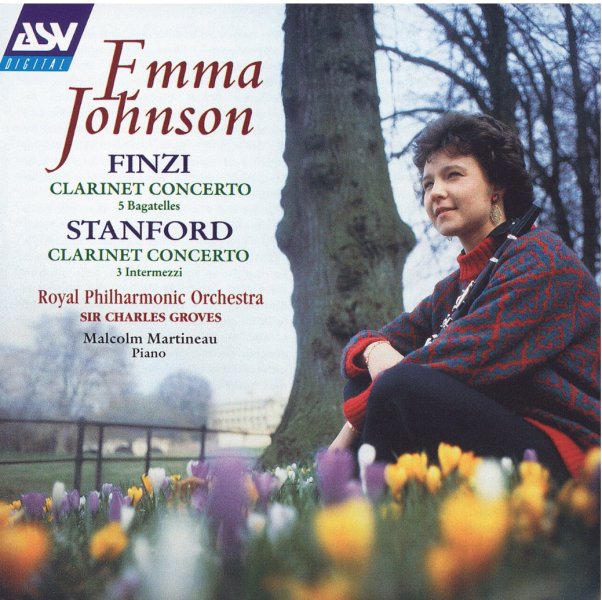
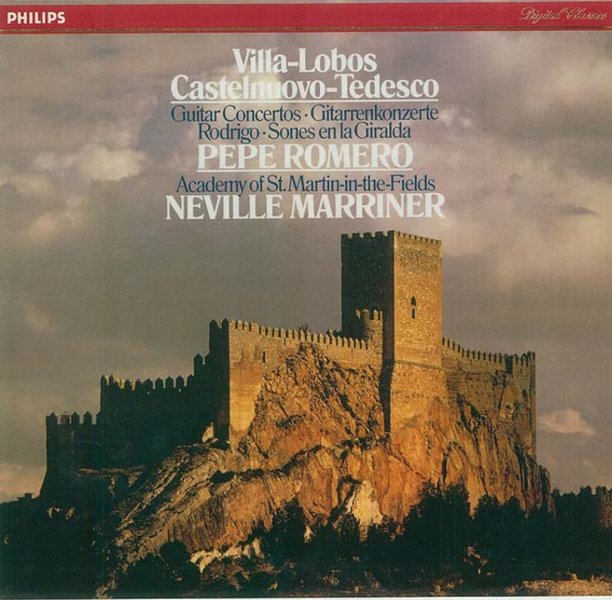
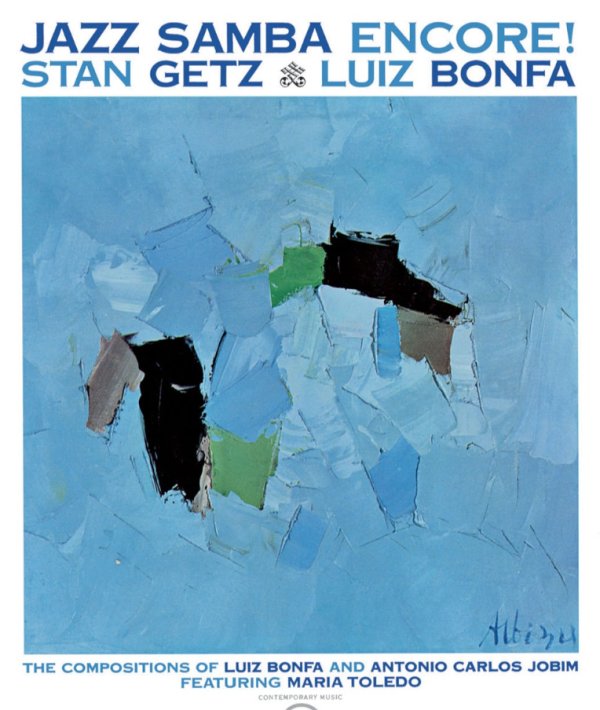
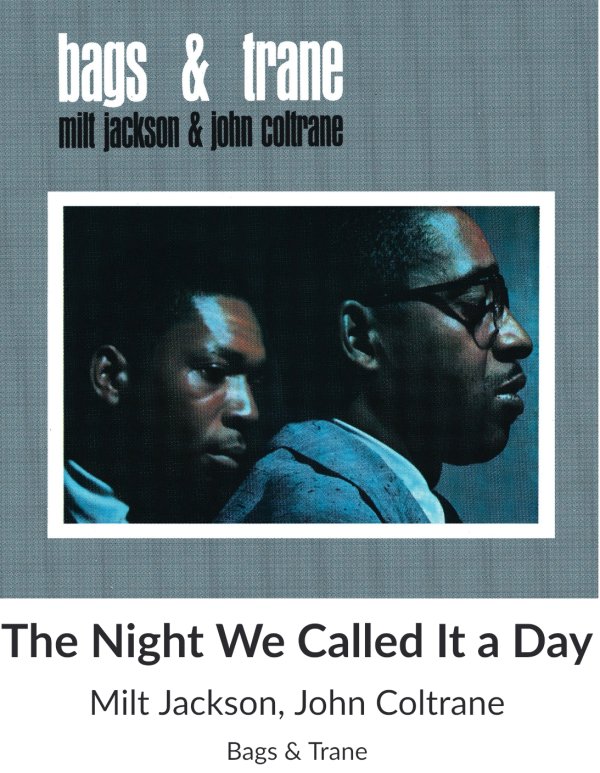

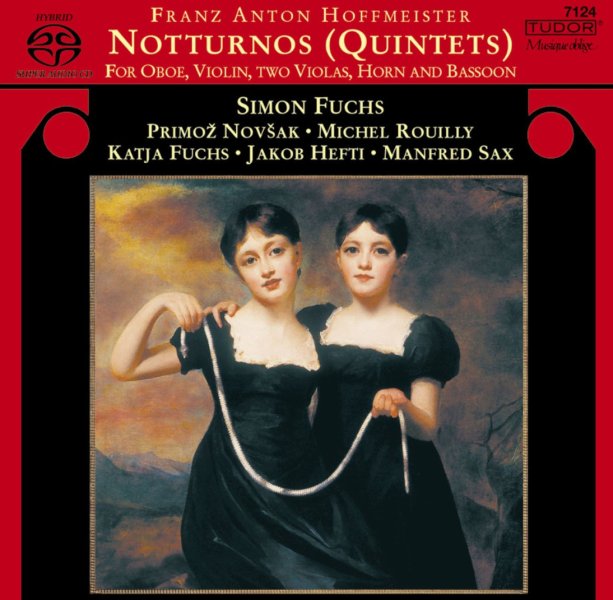
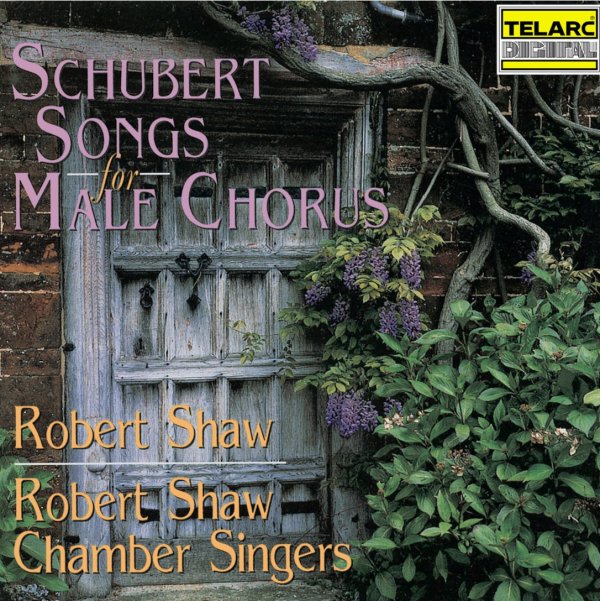
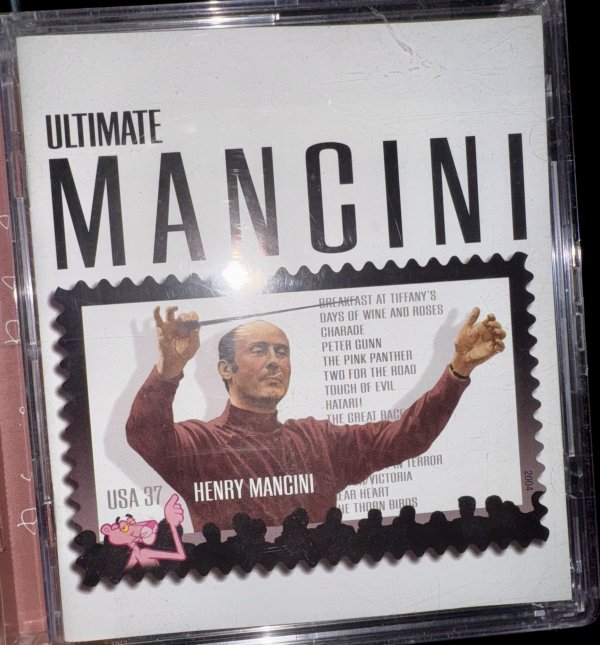
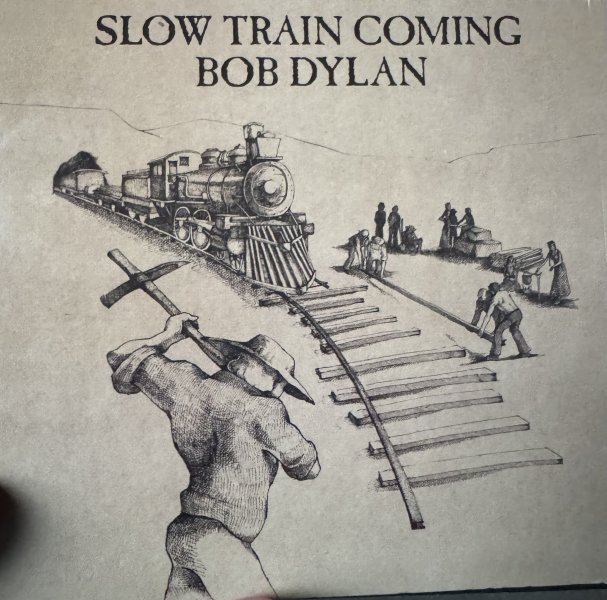
| Steve Williams Site Founder | Site Owner | Administrator | Ron Resnick Site Owner | Administrator | Julian (The Fixer) Website Build | Marketing Managersing |













